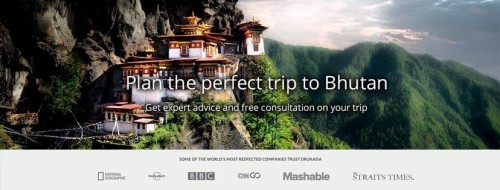Planning a trip to Bhutan, the mystical "Land of the Thunder Dragon"? Timing is everything when it comes to experiencing this Himalayan paradise at its finest. In this guide, we’ll help you uncover the best time to visit Bhutan based on weather, Bhutanese festivals, and what you hope to experience on your journey. Let’s dive in!
Best Time to Visit Bhutan: A Quick Overview
The best time to visit Bhutan largely depends on your interests and travel priorities. For most travellers, spring (March to May) and autumn (September to November) are the most popular seasons due to the ideal weather and vibrant festivals. But don’t overlook Bhutan’s serene winters and lush summers if you’re seeking a more tranquil experience.
Season-by-Season Guide to Visiting Bhutan
Spring (March to May): A Blooming Wonderland 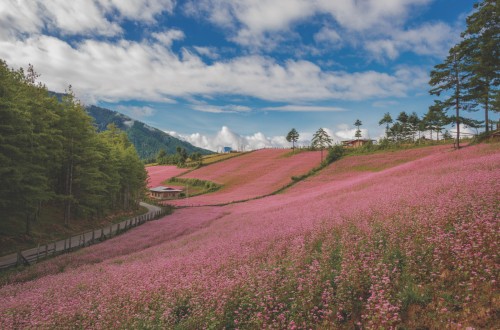
Spring is arguably the most beautiful time to visit Bhutan. The weather is mild, with daytime temperatures averaging 12–20°C (54–68°F), making it perfect for trekking and exploring cultural sites.
- What’s Special in Spring?
- The valleys burst into a kaleidoscope of colour as rhododendrons, magnolias, and wildflowers bloom.
- Trekking routes like the Jomolhari Trek and Druk Path Trek offer breathtaking views of snow-capped peaks and lush landscapes.
- Don’t miss the Paro Tshechu Festival, a grand cultural celebration featuring traditional mask dances and vibrant local gatherings.
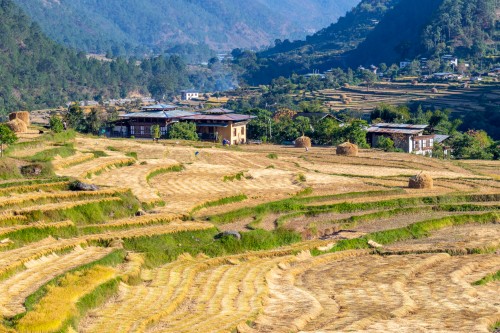 Autumn (September to November): Crisp Skies and Cultural Festivities
Autumn (September to November): Crisp Skies and Cultural Festivities
Autumn is another peak season, offering clear skies, pleasant temperatures (12–18°C or 54–64°F), and incredible views of the Himalayan mountains. It’s the ideal time for photography enthusiasts and festival lovers.
- What’s Special in Autumn?
- Bhutan’s iconic rice paddies turn golden, creating postcard-perfect landscapes.
- The Thimphu Tshechu festivals showcase Bhutan’s rich traditions and community spirit.
- Trekking enthusiasts flock to trails like the Snowman Trek, considered one of the most challenging and rewarding treks in the world.
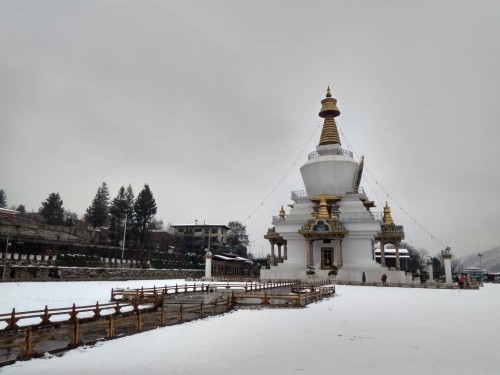
Winter (December to February): A Quiet Escape
If you prefer fewer crowds and cooler weather, winter is a hidden gem. Temperatures in the valleys hover around 5–10°C (41–50°F), though higher-altitude areas can get much colder.
- What’s Special in Winter?
- The famous Phobjikha Valley becomes a haven for the endangered black-necked cranes, which migrate here from Tibet.
- Clear skies provide unobstructed views of the Himalayas, perfect for photography.
- Explore Bhutan’s serene dzongs and monasteries without the tourist buzz.
Summer (June to August): The Green Season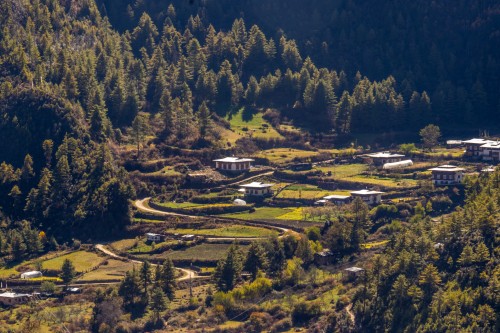
Summer in Bhutan coincides with the monsoon season, bringing lush greenery and vibrant landscapes. While it’s the least popular time for tourists, it’s perfect for those seeking tranquillity and off-the-beaten-path adventures.
- What’s Special in Summer?
- Experience Bhutan’s countryside in its most verdant and fertile state.
- Summer festivals like the Haa Summer Festival highlight Bhutanese culture, food, and traditions.
When Should You Visit for Festivals?
One of Bhutan’s biggest draws is its vibrant tshechu festivals, held throughout the year. These celebrations are deeply rooted in Buddhist culture and feature mesmerising mask dances, traditional music, and vibrant costumes. If festivals are your priority, plan your trip around these key events:
- Paro Tshechu (March/April):Regarded as the holiest among Tshechu Festivals, the festivities span five days, offering a vibrant spectacle that unites Bhutanese people from diverse backgrounds.
- Thimphu Tshechu (September/October): One of Bhutan’s largest and most spectacular festivals held in the capital city.
- Punakha Drubchen (March):Also known as Punakha Dromche, this festival precedes the Punakha Tshechu. The mask dances performed during this festival are inspired by real historical events, particularly recounting the story of the Pazaps and Bhutan's triumph over Tibetan invaders.
Get in touch with Druk Asia to curate the best Bhutan tours.
